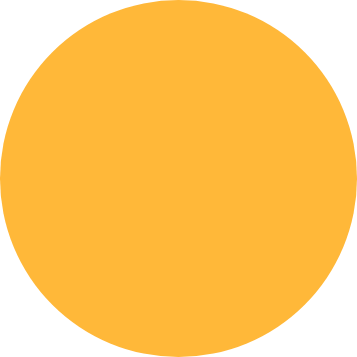Want to try acupuncture but are afraid of the needles? If so then Cold Laser Therapy might be a more viable option for you than going the traditional route for pain treatment.
Cold laser therapy is also known as photobiomodulation or laser biostimulation. The theory behind it is that exposure to low level laser light can help stimulate the flow of blood, healing and tissue growth.
The term “cold laser” refers to the use of low-intensity or low levels of laser light to heal tissue. Proponents claim that cold laser therapy can reduce pain and inflammation for just about any condition. These lasers are used directly on or over the affected area.
Cold lasers are also sometimes used for acupuncture, with laser beams substituting for the pinprick. This treatment regimen appeals to those who want acupuncture but who fear the pain of needles.
Cold lasers can treat a variety of conditions including —
Cold laser therapy can also help smokers quit smoking. The laser can be directed over acupuncture points that simulate the effects of nicotine in the brain. This can help balance the body to relieve addiction.
Cold laser therapy is by no means a new or alternative therapy especially in Europe where they have been used for a long time.
First of all cold lasers should not be confused with conventional hot lasers which are also used in medicine. In general High power lasers are used to cut through tissue and shrink tumors on the skin or in internal organs. They are also used to remove tumors or cancerous tissue.
Low-level lasers, on the other hand, are used to stimulate tissue repair through a process of bio-stimulation. The shining of the laser on the skin injures it minimally and speeds blood flow to the area thus facilitating healing.
Laser biostimulation was first discovered quite by accident by a Hungarian Endre Mester at the Semmelweis University in Budapest. Mester was conducting an experiment to find out if exposure to laser light could cause cancer.
Mestar shaved mice and divided them into two groups. He gave one a group a treatment with a lower level ruby laser. Neither group of mice developed cancer but the shaved hair grow back quicker on the treated group rather than the untreated group. This is was the birth of the discovery of how exposure to low level lasers, also known as cold lasers could stimulate growth.
Since that Mester’s surprising discovery about mice, cold lasers have been used to treat all kinds of chronic pain and injuries. They have also proven to be successful when it comes to speeding up the healing of wounds and nerves.
However the area where cold laser therapy shows it’s greatest promise is in the treatment of inflammation where the irradiation from the low dose laser helps speed blood to the affected area.
In fact cold laser therapy is thought to be so effective for inflamed joints and muscles that the results are comparable to the pain relief experienced when one takes a NSAIDS. Of course the benefit is that cold laser therapy does not bring with it the stomach upset and ulcers that can be the side effect of taking anti-inflammatories.
To learn how Cold Laser Therapy can help you call today!!! 817-358-3552, or e-mail info@mainstreetchiro.net
The positive physiological effects of cold laser therapy include –
In Europe cold laser treatment has been used for quite a long time to treat sore muscles, joints and chronic pain of all kinds. The laser that has been in use since 1975 in Europe is called the HeNe laser.
HeNE is short for “visible red light” This laser, which sets the standard for the visible red light lasers used in cold laser therapy has a 632.8 nm with a continuous non polarized light. This type of cold laser is also a gas laser and therefore expensive to operate as it is powered with a high voltage. Still it is one of the most commonly used of lasers in physician’s offices, as they are inexpensive and been in use for so long that many of them are second hand.
There is also a cold laser that is more specifically designed to be used with muscle and joint problems that are associated with problems such as the shoulders, back spine and other joints. It also helps with problems such as trsimus, lymph edema and whiplash. This is called the GaAs-laser . It is a very powerful invisible infrared laser.
For deep lying problems the GaAs laser is penetrating best (because of its high peak power) and for problems in skin and mucosa the HeNe laser is the most effective one (due to the high degree of coherency). The 808 or 890 nm lasers are more all-round types and often battery powered. There are single- or multi probes.
Cold laser therapy is a very gentle and effective therapy that is also considered to be quite safe. However both the operator of the laser and patient should wear appropriate protection for the eyes (dense filter spectacles) in case of accidental or reflected exposure, and the laser beam should never be directed at the eyes. This is especially true if the clinician is using one of the older red light visible type cold lasers.
In a compendium of studies reported in the October 7, 1994 of Dynamic Chiropriactics D.C. James White and Kendra Kaesbery White discuss several studies in an article.
These two chiropractors mention many studies in this article that touts the benefits of using cold laser therapy. One study involved the use of cold laser therapy treatments over 4,000 subjects who had suffered from conditions such as degenerative arthritis; muscle pain; tendonitis and tension myalgia. Researchers found that at the end of the research period more than 80 percent of the subjects found a marked lessening of their symptoms following irradiation with a cold laser.
Another study discussed in this article involved over 100 subjects and over 500 laser treatments. It was observed that acute soft tissue pain syndromes showed a dramatic response following the initial laser treatment with a marked reduction in tissue swelling, bruising and a substantial increase in pain relief.
Yet another study conducted in Northern Ireland found that cold laser treatment was effective for the treatment of myofascial and postoperative pain syndromes; rheumatoid arthritis; muscle tears; hematomas; tendinitis; shingles; herpes simplex; scarring; burn and would healing.
In the same study from Ireland, cold laser treatment was compared with four other modalities (interferential therapy, shortwave diathermy, ultrasound, and pulsed electromagnetic therapy), for use in pain relief and wound healing and came out first in terms of effectiveness.
The benefits of cold laser therapy are –
Low-level therapy uses cold (subthermal) laser light energy to direct bio-stimulative light energy to the body’s cells without injuring or damaging them in any way.
The conclusion – cold laser therapy is precise and accurate; and offers safe and effective treatment for a wide variety of conditions.

Mon 9:00am – 6:00pm
Tue 9:00am – 6:00pm
Wed 9:00am – 6:00pm
Thu 9:00am – 6:00pm
Fri 8:30am – 6:00pm
Sat 8:00am – 4:00pm
Sun Closed


Powered by Protueri | All Rights Reserved. Copyright 2022 Protueri.com LLC | Privacy Notice